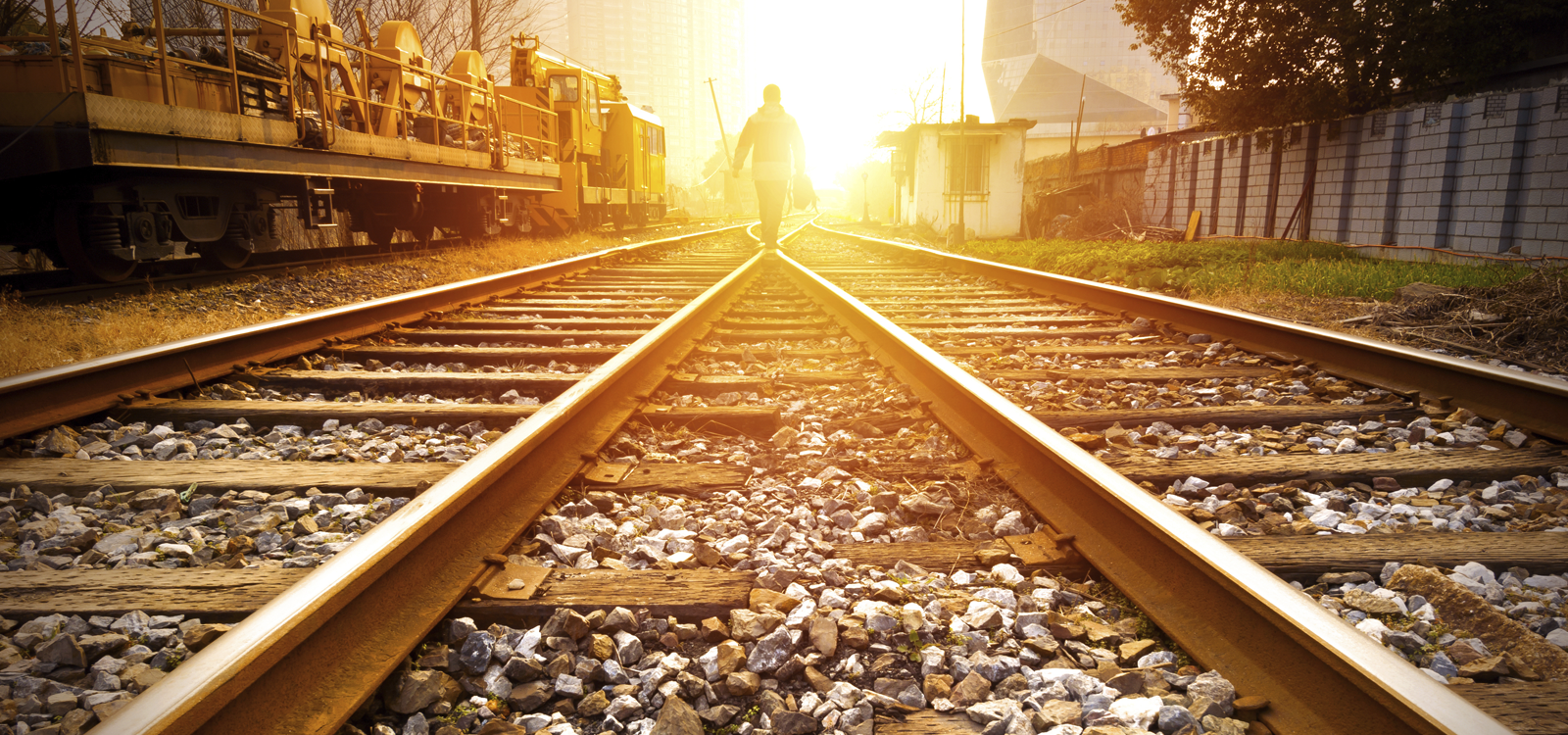
In kids' books about trains, the engineers wear blue-and-white-striped caps, do the driving, and tend to shout "All aboard!" That's not exactly the case with railway engineers, who are charged with the tough, behind-the-scenes task of designing and building train tracks, bridges, and other parts of the rail system. Along with engineering, they're expected to know things like how to study and map out the land, whether or not nearby water sources will affect their plans, and the best ways to move soil and rock. In their work, which they do as part of a team, they must look at big-picture issues (can the track really support those giant freight cars?) and key details, like exactly how the train wheels fit into the grooves. Once the tracks are built, engineers help oversee their maintenance, since damage over time can cause accidents. They might work either for government or in the private sector, usually in a staff position, though some engineers are hired as independent contractors. Demand is especially high for expertise in the rapidly growing field of intermodal freight transport: This involves newer rail containers that can also be used on ships and trucks, making travel time faster while reducing the risk of cargo damage.
The Details
Along with helping ensure safety and efficiency along railroad networks, these engineers are helping the planet, because commuting by train is a more eco-friendly option than driving a car.
During the 19th-century steam-engine era, workers called wheeltappers were hired to check trains' wheels for cracks by hitting them with hammers and listening to the sound. Today those employees have mostly been replaced by defect-detecting machines, though some countries in eastern Europe still use people for the job.






